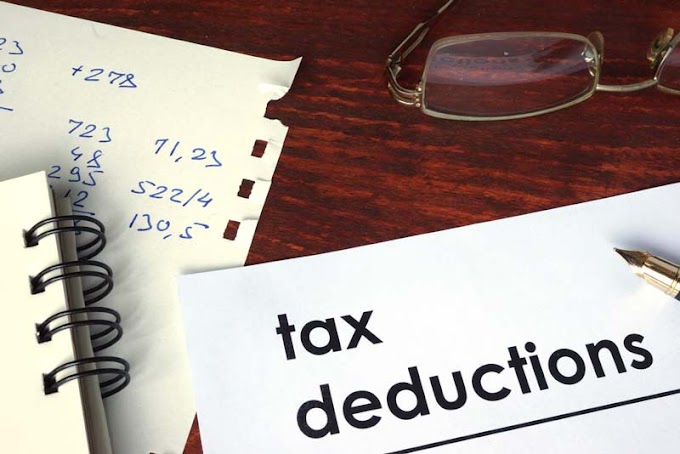Green bonds are becoming increasingly popular as investors look to make a positive impact on the environment while earning a return on their investments. In this article, we will cover the basics of green bonds, including what they are, how they work, and what you need to know before investing in them.
As the world becomes increasingly aware of the impact of climate change, investors are looking for ways to make a positive impact while still earning a return on their investments. One option that is becoming increasingly popular is investing in green bonds. Green bonds are a type of fixed-income security that are specifically designed to fund environmentally friendly projects. In this article, we will cover the basics of green bonds, including how they work, the types of green bonds available, and the benefits and risks of investing in them.
What are Green Bonds?
Green bonds are fixed-income securities that are specifically designed to fund environmentally friendly projects. The proceeds from green bonds are typically used to fund projects such as renewable energy, energy efficiency, sustainable agriculture, and green infrastructure. Green bonds are similar to traditional bonds in that they offer a fixed rate of return over a set period of time, but the key difference is that the funds are earmarked for environmentally friendly projects.
How do Green Bonds work?
Green bonds work in the same way as traditional bonds, but with a few key differences. When an issuer wants to raise funds through a green bond, they first need to identify a specific project or set of projects that meet certain environmental criteria. The issuer then issues a bond, which is purchased by investors who are looking to invest in environmentally friendly projects. The proceeds from the bond are then used to fund the identified project(s). The issuer is typically required to report on the progress of the project(s) funded by the green bond to ensure that they are meeting the specified environmental criteria.
Types of Green Bonds
There are several different types of green bonds, including:
Use of Proceeds Bonds
Use of proceeds bonds are the most common type of green bond. The funds raised through these bonds are earmarked for specific environmentally friendly projects.
Revenue Bonds
Revenue bonds are backed by the revenue generated by the project(s) funded by the bond. These bonds are typically used to finance larger projects that require a significant amount of funding.
Green Securitized Bonds
Green securitized bonds are backed by a pool of green assets, such as renewable energy projects or energy-efficient buildings.
Sustainability Bonds
Sustainability bonds are used to finance both green and social projects, such as affordable housing or healthcare facilities.
Who issues Green Bonds?
Green bonds are issued by a wide range of organizations, including corporations, governments, and development banks. Some of the largest issuers of green bonds include the World Bank, the European Investment Bank, and Apple.
Benefits of Green Bonds
There are several benefits to investing in green bonds, including:
Positive Environmental Impact
Green bonds allow investors to fund environmentally friendly projects and make a positive impact on the environment.
Potential for Higher Returns
In some cases, green bonds may offer higher returns than traditional bonds due to the growing demand for green investments.
Diversification
Investing in green bonds allows for diversification in an investment portfolio, as they offer a different risk/return profile compared to other traditional fixed-income securities.
Reputation and Branding
Issuers of green bonds may benefit from improved brand reputation and public relations by demonstrating their commitment to sustainability and the environment.
Risks of Green Bonds
While there are benefits to investing in green bonds, there are also risks that investors should be aware of, including:
Interest Rate Risk
Green bonds are still subject to interest rate risk, which can impact the value of the bond if interest rates rise.
Liquidity Risk
Green bonds may be less liquid than traditional bonds, meaning that it may be more difficult to buy or sell the bond.
Credit Risk
Investors in green bonds face credit risk, meaning that the issuer may default on the bond.
Greenwashing Risk
There is a risk that some issuers may label their bonds as "green" without actually meeting environmental criteria or standards. This is known as greenwashing.
Factors to Consider Before Investing in Green Bonds
Before investing in green bonds, there are several factors to consider, including:
Environmental Criteria
Investors should consider the environmental criteria and standards that the issuer is required to meet in order to label the bond as "green".
Credit Rating
Investors should consider the credit rating of the issuer in order to assess the likelihood of default.
Liquidity
Investors should consider the liquidity of the bond and the ease of buying and selling.
Investment Objectives
Investors should consider their investment objectives and whether green bonds align with those objectives.
How to Invest in Green Bonds
Investors can invest in green bonds through a variety of channels, including:
Direct Investment
Investors can purchase green bonds directly from issuers or through a broker.
Exchange-Traded Funds (ETFs)
Investors can invest in green bonds through ETFs that focus on environmentally friendly investments.
Mutual Funds
Mutual funds that focus on socially responsible investments may also include green bonds in their portfolio.
Case Studies of Successful Green Bond Issuances
There have been several successful green bond issuances in recent years, including:
Apple
In 2016, Apple issued a $1.5 billion green bond to finance renewable energy projects. The bond was oversubscribed, with demand exceeding $4.7 billion.
Bank of America
In 2019, Bank of America issued a $2.25 billion green bond to fund renewable energy and energy efficiency projects. The bond was also oversubscribed.
Republic of France
In 2017, the Republic of France issued a €7 billion green bond to fund renewable energy, energy efficiency, and sustainable transport projects.
Conclusion
Investing in green bonds can be a way to make a positive impact on the environment while still earning a return on your investment. However, investors should be aware of the risks and factors to consider before investing in green bonds. By doing your research and understanding the environmental criteria, credit rating, liquidity, and investment objectives, you can make an informed decision about whether green bonds are right for you.










